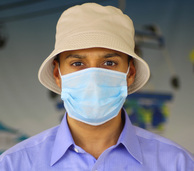|
There are no simple answers to these questions. Becoming an airline pilot has never been easy in any time in history. Back in the 1970s, 80s, and early 90s, many major airlines around the world were investing heavily in the recruitment and training of future airline pilots by providing fully sponsored cadet pilot schemes, where the airlines would provide financial support, and the only requirement from the student was to pass all the rigorous selection tests and be medically fit. Effectively, this job- which is no longer the glamorous job it used to be with airline pilots being referred to as "glamorous bus drivers" - is very tough to get and equally tough to stay in. However, since the attacks on the Twin Towers in New York on September 11, 2001, and the global economic crisis, the vast majority of airline companies have cut back on providing a fully sponsored cadet pilot scheme. Instead, most would-be pilots have to either take a bank loan, or invest at least £120,000 to gain the frozen Airline Transport Pilot's License (ATPL) with around 200 hours, after which there is NO guarantee of a job. Back in the 80s and 90s, all you had to do was get your frozen ATPL, and then the airline would provide the extra type-rating and training for you to get you to become a first-officer on your chosen aircraft type. Simply put, to become an airline pilot these days requires a huge financial investment, and without a guaranteed job at the end of it. That's assuming you pass the medical exams, and all the other theory and practical exams first time around (some of the best airlines require at least 90% in all exams), and if you don't pass them then that can go against you). One of my mates has just started studying for his flying at the age of 28 (which is fine as he will be around 31/32 by the time he qualifies for his first job), and another mate has started flying for the first time at the age of 45 (!). Being 36 now, I personally would not do it, simply because of the huge amount of commitment, personal sacrifices and risks (both financially and personally) one has to take. If you are in a relationship or married with kids, then it is even more of a challenge. Some do manage it. A friend who was a doctor did a career change at the age of 39- she got the ATPL licence at the age of 41, and started working for Wizz (Hungarian airline) at the age of 43 after forking out around £150,000 of her money without a loan to get where she wanted to be. Key Points: 1. First and foremost, pass your medical (must have an ATPL Class 1 medical) and pass all your 14 theory exams 2. Have at least a budget of around £120,000 to cover the 18 months course (including accommodation, exam fees, food and lifestyle costs. If you have to re-take the exams or if you take a modular course then the costs can be higher). It is probably cheaper in the US, Canada and Australia 3. In the UK, Oxford Aviation Academy and CTC Aviation are the best schools (highly respected and acclaimed by many global airlines) 4. Don’t do it just becase of the money- because flying is not the same as it used to be back in the 1970s/80s. You’ll be flying many more hours and for less pay for many years. One of my mates has spent at least £180,000 over the course of four years to get his hours and type rating himself, and now works as a Second Officer for Cathay Pacific Airways- and with no home and no family at the age of 35. The bottom line is, only get into this career if you truly believe that flying is for you and nothing else should matter. Be prepared to sacrifice everything, and I mean everything and anything (plus you need support from your family, too). If, however, you work for a government backed airline, such as a state-owned carrier (i.e. Air India, Air China etc.), then you may consider it a job for life- BUT if you fail your medical or your simulator checks then that is the end of your flying career. Here is sound advice I got from one highly experienced airline Captain who has been flying for nearly 30 years: "First things first - get your medical exam done before anything else. If you don’t have a Class 1 medical certificate, then there is no point carrying on. It is highly recommended that you get an ATPL-level medical as that is more detailed. Most people don’t, and it’s much stricter than CPL or PPL. Secondly, to get the required 1,500 hours after gaining your flying license, that is a LOT and you will most likely need to spend your own money if an airline is not sponsoring you! You couldn’t do anywhere near that AND the ATPL subjects. I barely do 1,500 hours in TWO years on the Airbus A330 (Duty times are limiting on back of clock operations). If you started at 34, for example, I would recommend doing ALL the theory exams before wasting more than 50 hours flying…too many people make the mistake and it drags out for years. 18 months full-time at, say, Oxford Aviation Academy or CTC (the BEST you can get) would get you a frozen ATPL licence and not even 200 hours I think. Then you have to get hours to build up to 1,500 hours. Who is going to hire you versus a 23-year-old who they can bond to give years of service in exchange for a cadet-ship? So you really have too suss out the market, and KNOW before you start, where you are going to get the hours from, who will hire you and what their requirements are. I would personally think that 34 is too late to start - I started at 26 and it was a stretch…but I think you WOULD get a job in the industry if you wanted it. The reason? The retirements are coming thick and fast - particularly in the USA - and Boeing and Airbus are selling so many planes these days, especially in India, China, SE Asia, Middle East and Africa. But do you want it? The money is a third of what it was when I started - but you still have to pay at least US$120K to get into it. The conditions are woeful and levels of safety have declined massively. Given my life again, (at 26 had three companies, at 27 had a house etc., I sold everything to pay for the flying licence), I would spend my efforts making money and buy a Learjet or Citation to fly myself around in, and ONLY fly where I wanted to go, and in good weather. You can’t imagine the stress/tiredness/ageing that occurs when you are flying into crap places, in crap weather in the middle of the night when you DON’T want to be there. It’s not healthy. The monsoon and Calicut -keeps me awake at night. I am flying for the best airline in the world, with the best equipment in the world…and the rosters are the worst I have had in 29 years of flying and I can’t see myself doing it more than another 3 years. Having said that, you could have an entire career flying turbo props and have a ball…given the right airline and location. I haven’t talked about the SIMs (simulator exams and checks) every half-year and licence renewals…only having a job for six months at a time. Knowing that the next time you walk out of a simulator, you could be unemployed and out of the industry for good (same each time you do the medical exam every year). You can’t ever relax - you can’t have a holiday for more than 34 days - or you lose your licence. Every three months you have to get back into the books and study. The SIM-tests gets most people…some are incapacitated by it. The best airlines only allow you to fail once, after which you are either out to look for another airline to join or you go back to the books for another six months before taking the simulator exam again. Not easy. The physiological stress that comes with failing a simulator exam can be enough to put one off the career. Worth considering in advance. The same goes for the health checks. You fail a routine health check and that’s the end of your flying career. Pilots below the age of 40 years are checked annually, whereas those above are checked six monthly. Medical standards and certification are stringent. Their eyes, ear, nose, throat, equilibrium, mental, neurological, cardiovascular and general medical conditions are checked by an aviation trained doctor. As long as a pilot is certified to be medically fit, he can continue to fly internationally up to the age of 65 years in the US, Australia and other ICAO member countries. This limit is not fixed worldwide, as the retirement age for Captains can vary from country to country. In Germany and the U.K., pilots by law are required to retire at 55 years of age. If a pilot fails their medical check, then they can look for a ground based job. They can retrain and become good at some other type of work: aviation mechanic, computer scientist, engineer, law etc. Some of these fields will actually pay a much better salary than a pilot’s job. If you are not fit to fly, no amount of bargaining/rationalizing is going to fix that — you've got to accept it and just move on with a positive attitude. The root cause (psychological problems, in your example) is a red herring. You may have to change careers for many reasons: injury, family, health, etc. SO, there is a lot to consider. Hope I have given you some food for thought. There WAS a cadet-ship in British Airways in 1967-9 (I think)…and in 1968 in Australia anyone with a CPL got an airline seat - then the airlines filled-up with no jobs given until the late 1980s…but that was it. They are running cadet-ships in India, Hong Kong, Qatar, Oman, Vietnam and U.A.E. for their locals now…and in Oz a few airlines are selling flying trying + bonding - but no cadet-ships- meaning that you have to fork out the case yourself. British Airways does a sponsored scheme but you have to provide £80,000 as a security bond first (which you will get back). I am not aware ANY good airlines did cadetships after the hiring boom of the late 1960s (they hired anyone worth a licence and 1,000 or so hours but nothing below that). It always cost about US$120,000 to get a licence…mine cost less upfront cash and that was in the 80s - but took three years - so by the time you earn/pay tax/ and live, so amounts to much more than that. The drama of getting from 200 hours to 1,000 hrs has ALWAYS been tough. Every pilot will give you the same story, each worse and more horrid than the next guy. It’s the industry’s way of weeding-out those who are less than focused enough to make it. The world is littered with 800 hour failure pilots who cannot get a job after gaining their license! So, make sure that you have a plan B in case something goes wrong. Unless you are wealthy and have the cash in hand, most guys who take a loan take until they are in their 40s to pay it back. Which really stuffs up your family life. I started late, and was never been able to afford marriage and kids in my 30s. Now in my 50s, I am too late for all that. But I made the decision when I started flying: Commodore (car)/Rolladoor (garage)/ Labrador (dog!) or flying. And I chose flying. Since I joined jets in 1992, I was a First Officer- earning 65% of a real wage until I was 52. And these days the wages are getting lower and lower. I will retire at 57, purely because I can’t handle the exhausting lifestyle. It’s much harder than when I was in my 30s. The airlines make us work much harder. If my airline went part time, say a 75% roster I might stay, but I highly doubt they will. I sat there watching Captains visibly age-from 60-65 they turn into old men! But if flying is for you, you’d have known when you were six. Nothing would have stopped you getting there. It has changed markedly since I took it up. It’s a young man’s game - and - for most, safety is plummeting. Did you know Singapore Airlines have fired ALL their expats? The week before Asiana Airlines Boeing 777 crash at San Francisco, they did a go around after doing the exact same thing…with a Boeing 777 full of passengers. THAT- in the 90s - would be inconceivable." Read this excellent article by BALPA Below is a video of a veteran American pilot who gives the low down on the subject. Worth watching: Caught while landing on Heathrow's runway 27L....not easy to get a shot while coming into a windy touchdown at 145knots!
BA's Concorde, reg G-BOAB, first flew on 18 May 1976 from Bristol Filton. Her last flight was a positioning ride on 15 August 2000 as "Speedbird Concorde Bravo Papa 002" from New York JFK to London Heathrow after flying 22,296 hours. Ever since then she has sat quietly at Heathrow, admiring all the new boys and girls on 27L in front of her. Beautiful bird! During busy period, when planes are waiting to land at London Heathrow Airport, they are usually placed by London Air Traffic Control to hold and circle around any one of four main points around London- Lambourne (North-East London), Ockham (South-West London), Bovingdon (North-West London), and Biggin Hill in South-East London. Aircraft are separated by a height of 1,000 feet. We circled around Biggin Hill for around four times on this occasion...providing me with spectacular views (like below)...and frustration for the other passengers who just wanted to go home!
Special thanks to Oman Air. One of the advantages of flying out of Heathrow (especially if you are departing out of the easterly runways') is that you get treated to some marvelous views of the capital (weather and visibility prevailing!). Though it must be said that with a take-off speed of around 250 knots/287mph (and increasing!), and an increasing altitude, it doesn't offer hope that the views will last for long- especially as it takes only around 6 minutes to get from Heathrow to the other side of London! The views never fail to captivate (camera ready at hand, I even managed to get a photo of my home as we flew over it for a final goodbye!) The crowded skies over London are some of the busiest in the world. With low level traffic from the five London airports', helicopters (police, ambulance, and others), private aircraft, AND the HUNDREDS of aircraft crossing our airspace everyday, it is no surprise that on a lovely summer's day the beautiful art created naturally by the aircraft contrails is enough to make the most prolific of artists jealous. Below is a photo of a Delta Airlines Airbus A330 passing at 38,000 feet over London on it's way to Paris. How do I know this in detail? I saw it on Flightradar24.com! There are seven daily non-stop flights to Hong Kong from London (with Virgin Atlantic, British Airways, and Cathay Pacific). The London to Hong Kong route (and vice-versa) is a highly lucrative one because it connects these two world financial centres, and the demand is high with all flights almost always fully booked. With each airline carrier in direct competition, it is no wonder that the products are all very tempting to try. For this flight, I decided to check out the relatively brand new First Class cabin of British Airways. There are fourteen private suites located in the nose cone of the Boeing 747-400 aircraft, each with a 6 ft 6 in (1.98 m) bed, a 15-inch (38 cm) wide entertainment screen, and in-seat power. British Airways operate the Boeing 747-400 aircraft on this route, and in November 2013 the airline will start using the brand new Airbus A380-800 for the Hong Kong route. While these photos just offer a glimpse of the new First Class cabin, please take a look at my flight experience from SEAT 1A on British Airways Boeing 747-400 here. |
Get in Touch:LIFE MATTERSHere I share my thoughts
and experiences during my travels, and how some things have affected my life as an expat and world traveller. Travelling is about capturing that moment in life. Every word, view and opinion on this page is that of Navjot Singh - except where indicated. The most recent is at the top. Scroll down to read the archive. Or search using CTRL+F (COMMAND + F) and enter a keyword to search the page. Just some of the stories you never heard before. The NAVJOT-SINGH.COM web blog is separate to this web site....Click blog, which may not be visible in some countries due to local firewall restrictions, so in those cases this weblog may be read. The weblog also includes some of my press trip reports- most of which are not published on the official blog because of copyright issues. The weblog also contains articles that may be associated directly with a PR trip for a country, airline or a hotel. These are PR reviews done in relations with various companies. If you are an investor or a trend watcher then you may find this website useful as investing has a lot to do with personal observations and finding the ideal trend or next big thing. The average human on the street frequently knows far more about the state of the economy than politicians, university professors, subject matter experts, and financial analysts who seldom travel, or if they do so, only from one hotel to another hotel! The pulse and vibrancy of an economy is nowhere more visible than on a country's streets. All photos and words are © Navjot Singh unless stated. Photos taken by others or by agencies are appropriately copyrighted under the respective name. No photo or word/s may be taken without the prior written permission by the author (i.e. Navjot Singh). All Rights Reserved. Archives
April 2024
Categories
All
|

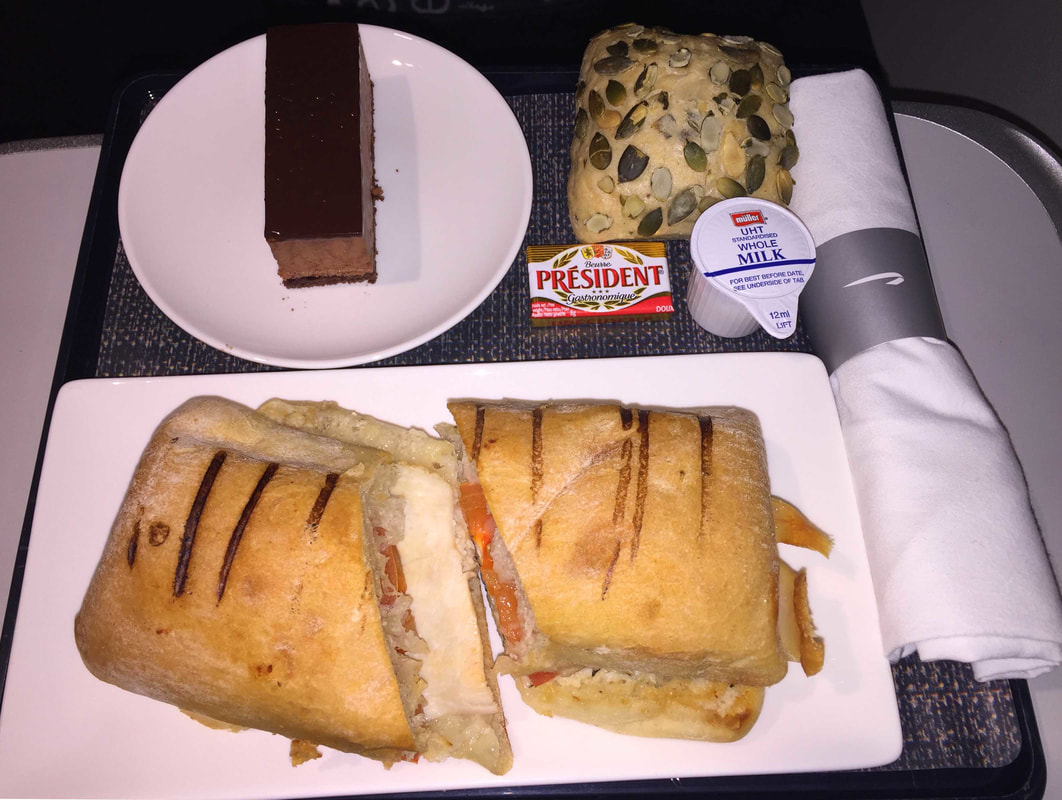








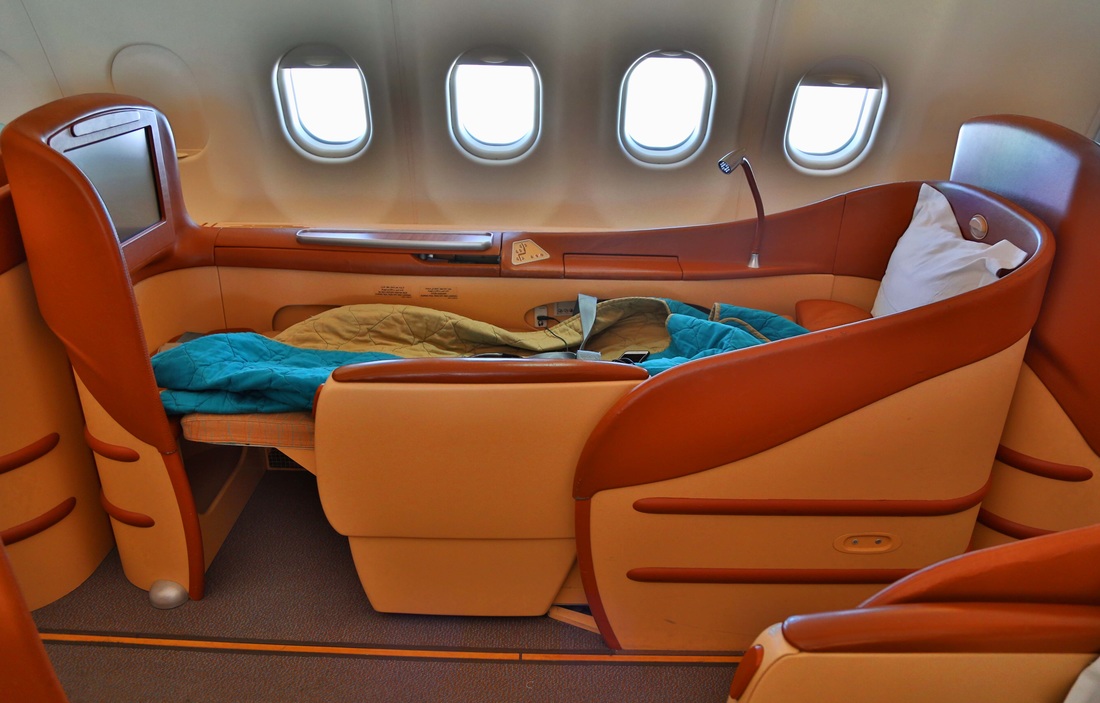






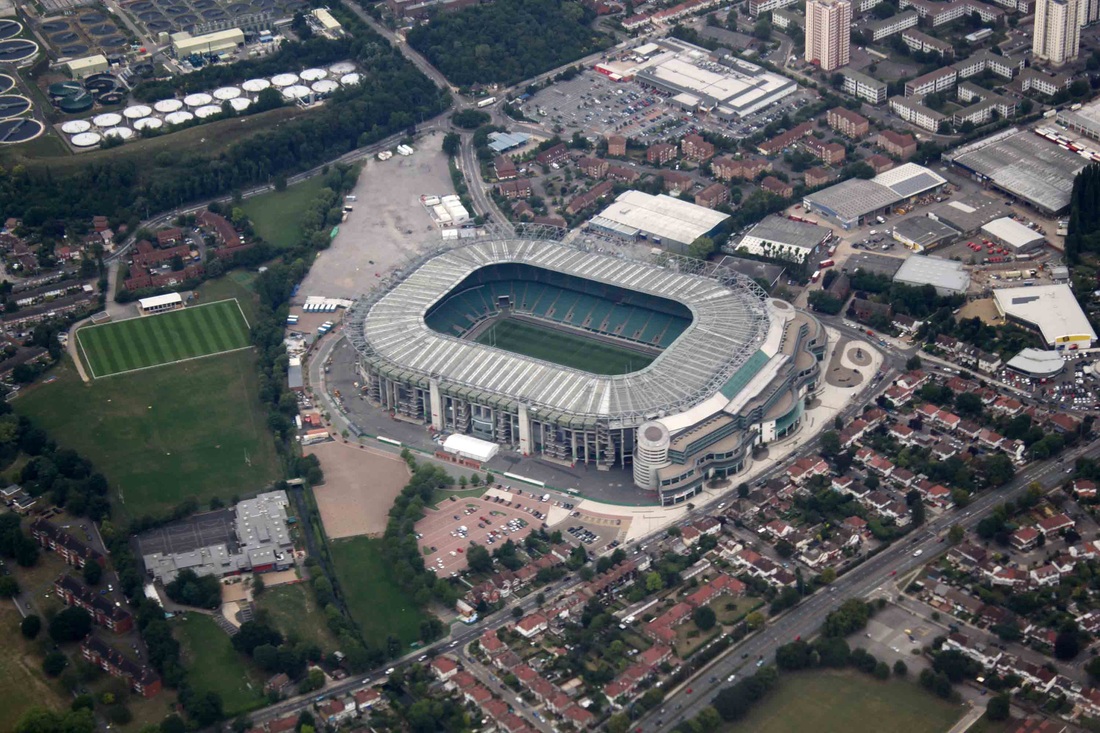








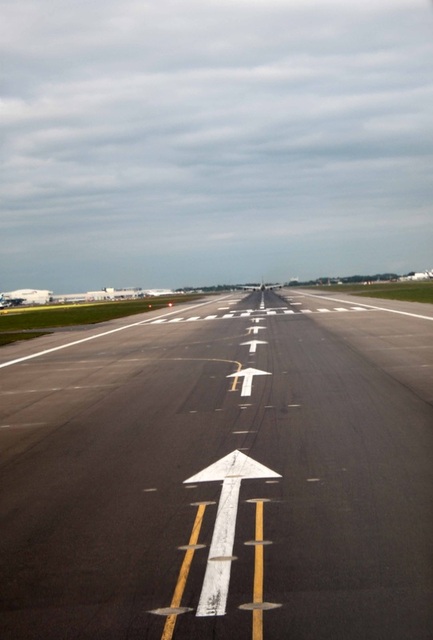


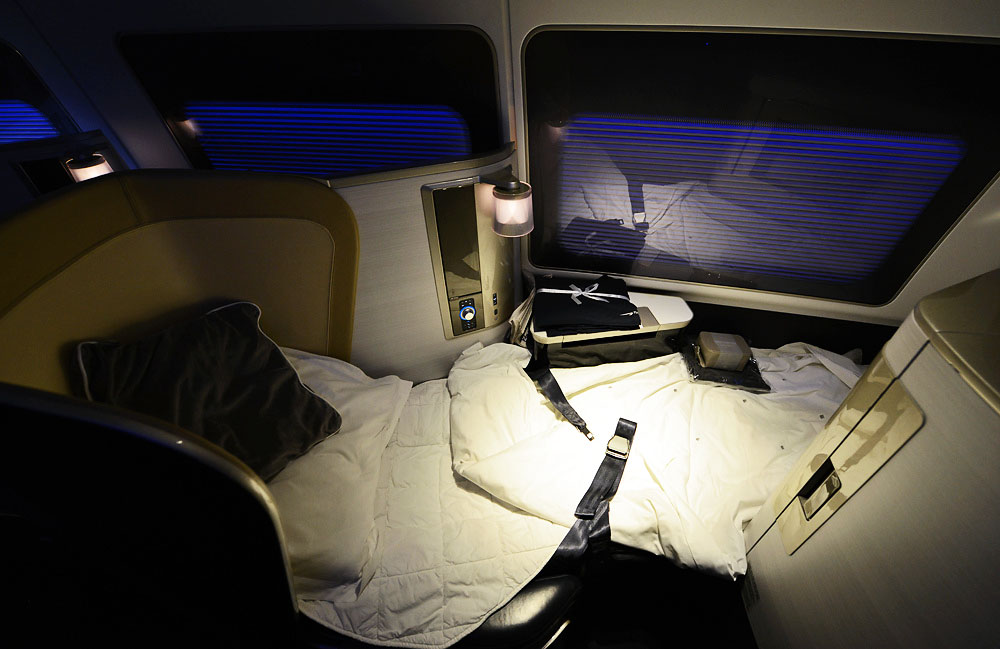
 RSS Feed
RSS Feed


